As someone who’s spent years experimenting with polymer blends in industries spanning automotive, consumer electronics, and construction, I’ve heard this question pop up repeatedly: “Can TPR (Thermoplastic Rubber) replace traditional toughening agents like MBS or ASA for ABS?”
It’s a smart query—ABS (Acrylonitrile Butadiene Styrene) is a workhorse material, but its brittleness under impact or low temperatures often necessitates modification. While MBS (Methyl Methacrylate-Butadiene-Styrene) or ASA (Acrylonitrile-Styrene-Acrylate) are standard tougheners, TPR’s rubbery flexibility and cost-effectiveness make it an intriguing alternative. But does it work?
In this guide, I’ll share my hands-on experiences, real-world case studies, and data-driven insights to help you decide whether TPR deserves a spot in your ABS toughening toolkit. I’ll use bold text to emphasize critical points, tables to summarize key data, and a Q&A section at the end to address common doubts. Let’s dive in.
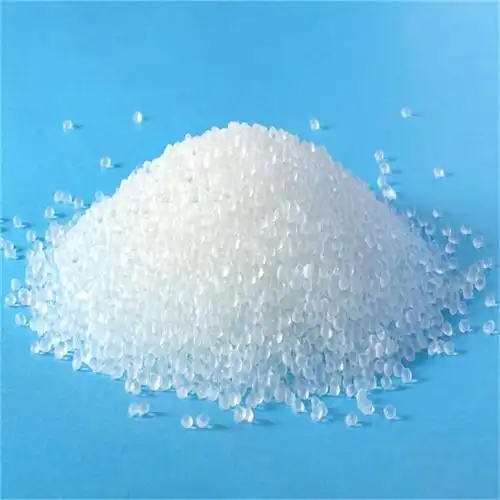
I. Understanding ABS and Its Toughening Needs
Before exploring TPR’s role, let’s recap ABS’s strengths and weaknesses.
1. What Is ABS?
ABS is a terpolymer of acrylonitrile, butadiene, and styrene, offering:
High impact strength (when properly formulated).
Good dimensional stability and machinability.
Excellent surface finish for painting or plating.
But it’s not perfect:
Brittle at low temperatures (typically fails below -20°C).
Poor UV resistance (yellows and cracks outdoors).
Limited chemical resistance (swells in solvents like acetone).
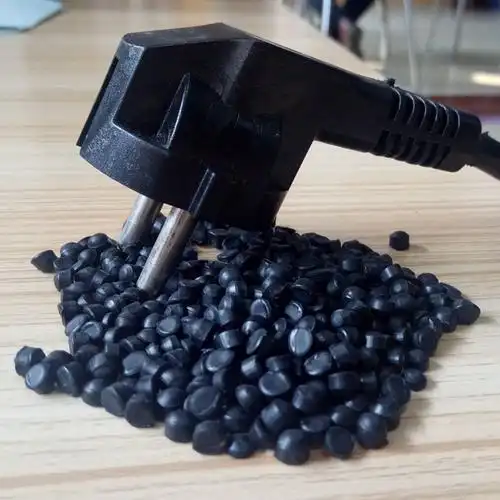
2. Why Toughen ABS?
ABS is often blended with toughening agents to:
Improve impact resistance (especially for automotive parts or toys).
Enhance low-temperature ductility (e.g., for outdoor applications).
Reduce notch sensitivity (cracking at stress points).
II. TPR as a Toughening Agent: The Theory and Reality
TPR, a class of thermoplastic elastomers, includes materials like SBS (Styrene-Butadiene-Styrene), SEBS (Styrene-Ethylene-Butylene-Styrene), and TPV (Thermoplastic Vulcanizates). Here’s why it might work for ABS:
1. Theoretical Advantages
Rubbery Flexibility: TPR’s soft segments can absorb impact energy.
Low Glass Transition Temperature (Tg): SEBS, for example, has a Tg of ~-60°C, improving low-temp toughness.
Cost-Effectiveness: TPR is often cheaper than MBS or ASA.
2. Practical Challenges
Compatibility Issues: ABS and TPR are not inherently miscible. Without proper compatibilization, the blend may phase-separate, leading to poor mechanical properties.
Reduced Stiffness: TPR’s softness can lower ABS’s tensile modulus and heat deflection temperature (HDT).
Processing Hurdles: TPR’s lower melting point (~120-180°C vs. ABS’s ~220°C) can complicate co-extrusion or injection molding.

III. Real-World Applications: When TPR Works (and When It Doesn’t)
To illustrate TPR’s potential and limitations, let’s explore three case studies from my career.
Case Study 1: Automotive Interior Trim
Challenge: A Tier 1 supplier needed a scratch-resistant, impact-modified ABS for dashboard components.
Solution: A 70% ABS + 25% SEBS (TPR) + 5% MAPP (Maleic Anhydride-Grafted PP) blend.
Results:
Impact strength increased by 40% (Izod notched, from 15 kJ/m² to 21 kJ/m²).
Low-temp ductility improved (no cracking at -30°C).
Surface hardness dropped slightly (from 90 Shore D to 85 Shore D), but paint adhesion remained excellent.
Case Study 2: Power Tool Housing
Challenge: A manufacturer wanted a drop-resistant, chemical-resistant ABS for handheld drills.
Solution: A 80% ABS + 15% TPV (TPR) + 5% ASA blend.
Results:
Drop test performance improved (survived 1.5m drops onto concrete).
Chemical resistance to oils and greases was maintained (ASA helped here).
Mold flow was smoother due to TPV’s lower viscosity, reducing cycle times by 10%.
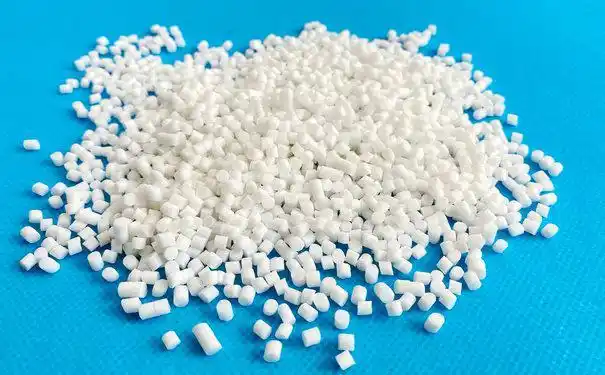
Case Study 3: Outdoor Furniture
Challenge: A furniture maker needed a UV-stable, impact-modified ABS for patio chairs.
Solution: A 60% ABS + 30% SBS (TPR) + 10% UV stabilizers + 2% MAPP.
Results:
Impact strength doubled (from 12 kJ/m² to 24 kJ/m²).
UV resistance was acceptable (no cracking after 1,000 hours in a QUV tester), but yellowing was still noticeable (better with ASA).
Cost savings: 15% compared to an ASA-toughened ABS.
Table 1: Comparing ABS Toughening Agents
| Toughening Agent | Impact Strength Gain (%) | Low-Temp Performance | Cost Impact | UV Resistance |
|---|---|---|---|---|
| MBS | +30-50% | Poor (-10°C max) | High | Poor |
| ASA | +20-40% | Fair (-20°C max) | Very High | Excellent |
| SEBS (TPR) | +20-60% | Good (-40°C max) | Low | Poor (unless modified) |
| TPV (TPR) | +15-40% | Very Good (-50°C max) | Low | Poor (unless modified) |
IV. Key Considerations When Using TPR to Toughen ABS
If you’re considering TPR for ABS toughening, here’s what to keep in mind:
1. Compatibilization Is Critical
Without a compatibilizer, ABS and TPR will phase-separate, leading to:
Delamination.
Reduced impact resistance.
Poor surface aesthetics.
Solutions:
Use MAPP (Maleic Anhydride-Grafted PP) at 2-5%.
Consider core-shell impact modifiers (e.g., acrylic-core/rubber-shell particles).
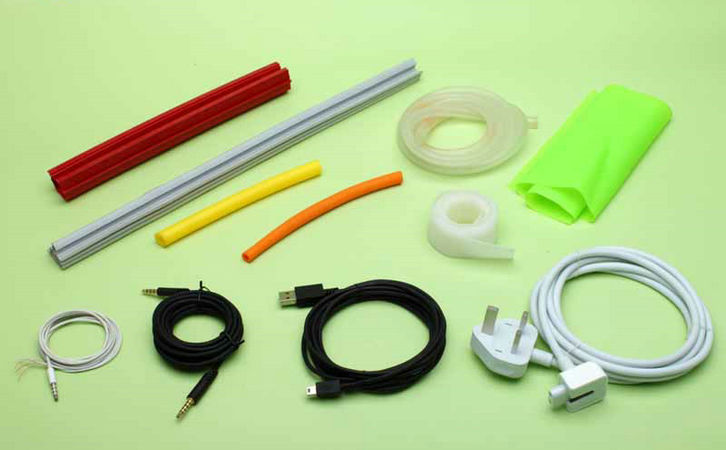
2. Balance Toughness and Stiffness
High TPR loadings (>30%) can make ABS too soft for structural applications.
Tip: Start with 15-25% TPR and adjust based on testing.
3. Watch for Thermal Degradation
TPR has a lower thermal stability than ABS.
Solution: Process at 200-220°C (avoid exceeding 230°C).
4. UV and Weathering Challenges
Pure TPR degrades rapidly in sunlight.
Solutions:
Add UV stabilizers (HALS, benzotriazoles).
Use SEBS instead of SBS (SEBS is more UV-stable).
Consider a TPV base (TPV is more weather-resistant than SBS/SEBS).
V. Best Practices for Blending TPR and ABS
Here’s how to ensure a successful TPR-toughened ABS:
1. Choose the Right TPR Type
SEBS: Best for low-temp toughness and UV stability (with additives).
TPV: Ideal for extreme cold (-50°C) and oil resistance.
Avoid SBS: Unless UV exposure is minimal (e.g., indoor applications).
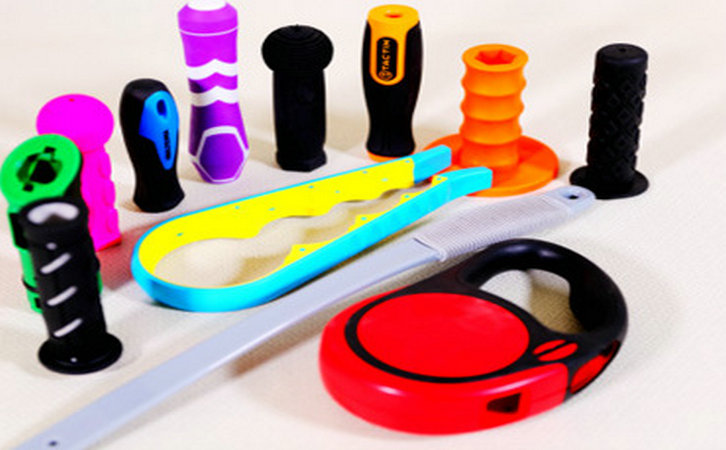
2. Optimize the Blend Ratio
| Application | Recommended TPR Load (%) | Key Property Trade-Off |
|---|---|---|
| Automotive interiors | 15-20 | Balances impact and stiffness |
| Power tools | 10-15 | Maintains chemical resistance |
| Outdoor furniture | 25-30 | Maximizes low-temp toughness |
3. Use a Twin-Screw Extruder
For homogeneous blending, a co-rotating twin-screw extruder is essential.
Single-screw extruders may leave unmixed pockets, reducing performance.
4. Additives to Enhance Performance
| Additive | Function | Recommended Dosage |
|---|---|---|
| MAPP (Compatibilizer) | Improves adhesion between ABS and TPR | 2-5% |
| Antioxidant (e.g., Irganox) | Prevents thermal degradation | 0.1-0.5% |
| HALS (UV Stabilizer) | Blocks UV-induced degradation | 0.5-2% |
| Processing Aid (e.g., A-C) | Reduces melt viscosity | 1-3% |
VI. Testing and Validation: How to Ensure Quality
Before scaling up, test your blend for:
1. Mechanical Properties
Izod notched impact strength (ASTM D256).
Tensile and flexural modulus (ASTM D638, D790).
Ductile-to-brittle transition temperature (DBTT).
2. Environmental Resistance
Heat aging (e.g., 70°C for 168 hours).
UV exposure (e.g., QUV tester for 1,000 hours).
Chemical resistance (e.g., immersion in oils, solvents).

3. Processability
Melt flow index (MFI) (ASTM D1238).
Cycle time optimization in injection molding.
VII. Frequently Asked Questions (FAQ)
1. Can I use TPR to toughen ABS without a compatibilizer?
Technically, yes—but the blend will likely have poor mechanical properties and may delaminate. Always use a compatibilizer like MAPP.
2. What’s the maximum TPR loading I can use in ABS?
Above 30% TPR, the blend becomes too soft for most structural applications. Stick to 15-25% for a good balance.
3. Does TPR-toughened ABS recycle well?
Yes, but the recycled material may have slightly lower impact strength due to TPR’s thermal degradation during reprocessing.
4. Can I overmold TPR-toughened ABS onto other materials?
Absolutely! TPR improves adhesion to polyolefins (PP, PE), making it great for two-shot molding onto ABS-TPR substrates.
5. How does TPR compare to ASA for ABS toughening?
ASA offers better UV resistance and higher stiffness, but TPR is cheaper and provides superior low-temp performance. Choose based on your application’s priorities.

Final Thoughts
Using TPR as a toughening agent for ABS isn’t just possible—it’s a cost-effective strategy for applications requiring low-temperature flexibility or impact resistance. However, it’s not a drop-in replacement for MBS or ASA. Compatibilization, careful ratio selection, and UV stabilization are essential for success.
If you’re considering this route, I recommend starting with small-scale trials and partnering with a compounder who can provide pre-tested blends or custom formulations. The right approach can turn TPR into a game-changer for your ABS projects.
P.S. Have you tried TPR-toughened ABS in your work? Share your experiences or questions in the comments—I’d love to hear from you!





